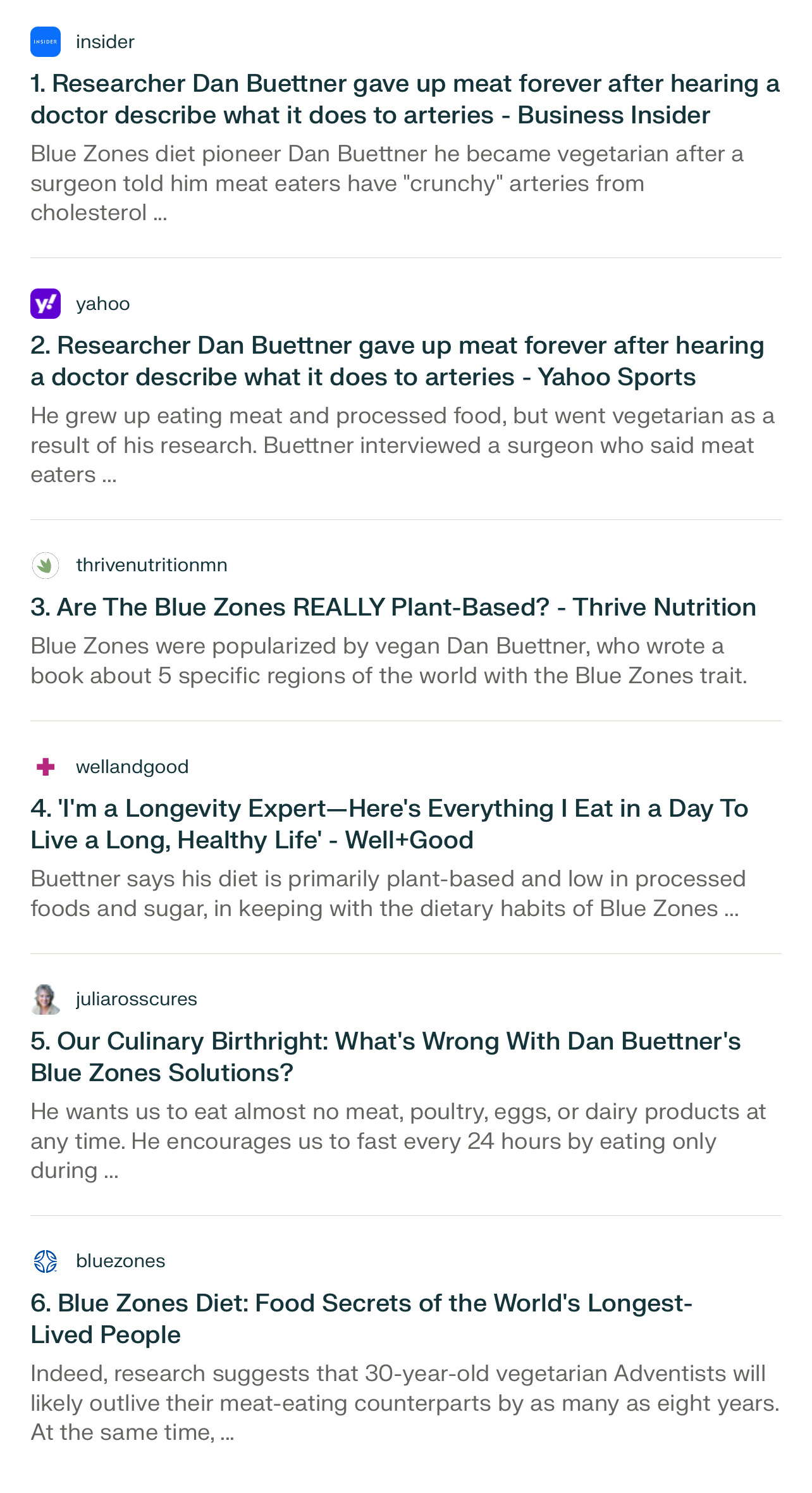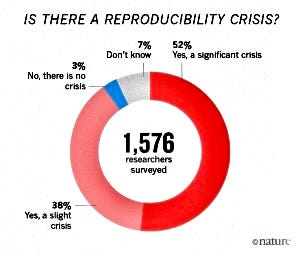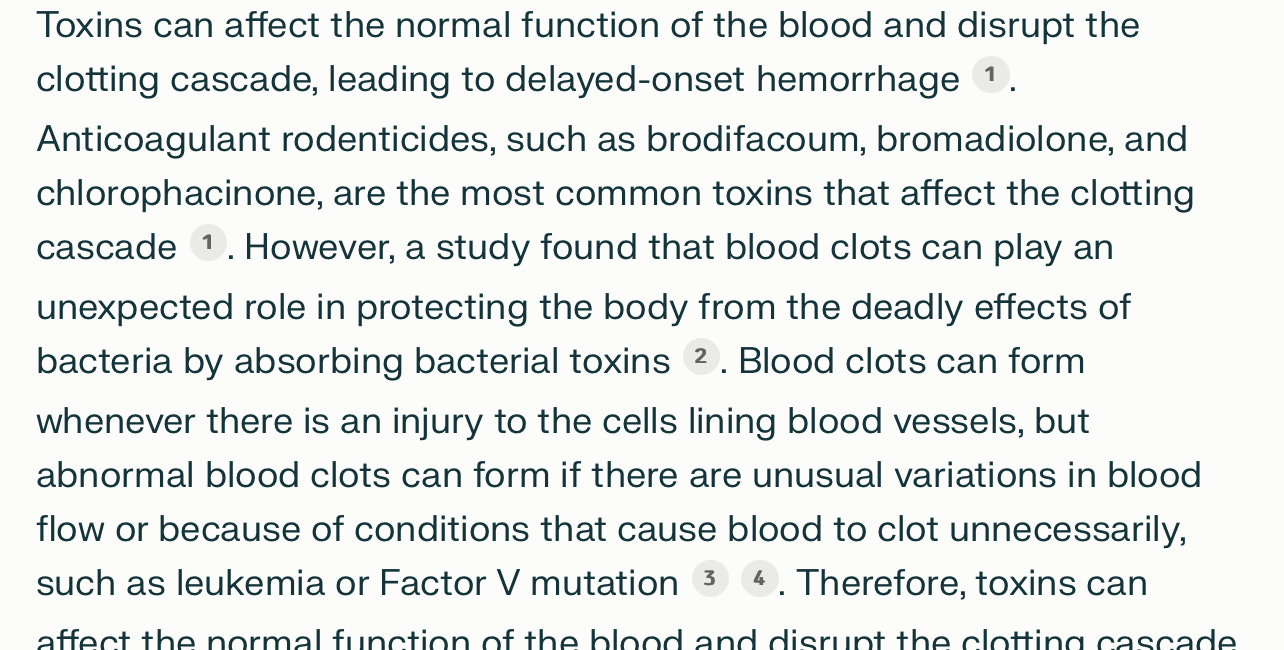Money is the primary factor in the demise of any noble intention
It is fairly glaring today that our monetary system has ruined humanity.
We have clearly diverted our focus from what life is about to material BS. Data’s sole purpose is to sell BS. That’s what people have been wasting their lives with: BS
*👆just like Jesus 2.0 aka Elon
HOW DO YOU CREATE AN IMAGE THAT DIFFERS FROM REALITY?
The same people who are behind National Geographic made Ben Stiller go to Ukraine.
Dan Buettner is one of the advertising agents of the anti-animal products idiocy.
Don’t bother watching Netflix’s “Living to 100, secrets of the blue zones.” It’s a shit show of propaganda:
“WHO study done on blue zones…lots of research showed…I went vegan because of my terrible cholesterol levels…they didn’t get the benefit of plants when eating meat…No meat…don’t eat meat…olive oil instead of (yuk) b-u-t-t-e-r…oh they needed the war trauma to get that old”
See here for another perspective:
https://www.thrivenutritionmn.com/blog/2022/2/2/are-the-blue-zones-plant-based
https://sustainabledish.com/avoiding-meat-to-live-longer-a-breakdown-of-the-blue-zones/
https://youtube.com/shorts/ZGamsz7Xlvg?si=T6sQZQXlYRGzpGJ-
How to Test Accuracy and Precision:
"You can use measurement systems analysis methods to test the accuracy and precision of your data. These analyses are specialized procedures that’ll describe in brief. Scientific experiments and quality control studies typically invest a respectable amount of time and money assessing their measurement systems. Again, they need to trust their data before they can trust the results!"
"Calibration studies test the accuracy of your measurement system. Typically, these studies measure items with a range of known properties multiple times and compare the measured values to known values. This process determines whether the measurements are correct on average or biased. If the data are biased high or low, you can recalibrate the device to center on the proper values."
"Gage R&R (repeatability and reproducibility) studies test the precision of your measurement system. Specifically, they determine the sources of measurement variability using an ANOVA method. Typically, gage R&R studies tell you whether your measurements have too much variability and where to target your corrective measures. They determine how much variability originates in the devices and personnel, allowing you to identify the source of problematic variability." https://statisticsbyjim.com/basics/accuracy-vs-precision/
This has been a huge issue for research/science:
"Reliability refers to the consistency of the measure. High reliability indicates that the measurement system produces similar results under the same conditions. If you measure the same item or person multiple times, you want to obtain comparable values. They are reproducible." https://statisticsbyjim.com/basics/reliability-vs-validity/
"1,500 scientists lift the lid on reproducibility"
https://www.nature.com/articles/533452a
Sloppy thinking —> Everything is bullshit, and you know it, because you’ve been keeping the bullshit alive
this was fun to put together a nice distraction like trying to put pieces from 20 different puzzles together there might be spelling and grammatical mistakes the structure might be weird you might not like the formatting and wording nothing is perfect
DO NOT WORRY ABOUT TRANSMISSIONS OF VACCINATED INDIVIDUALS
Toxins of all kinds cause blood clots. If you inject enough poisons into someone's body, you will notice a degradation of some kind. This is how one might claim an immunological response. According to the scientific literature, any mRNA or lipid nanoparticle or PEG is hazardous.































Start at 15:00
Ignore the plant based diet. This part is about reducing the intake of toxins.
https://youtu.be/25LUF8GmbFU?si=-I7ed16yPCMS9kz2
BRAND NEW HARVARD STUDY 🤣
Issue 1 – the inaccuracy of Food Frequency Questionnaires (upon which this study was based).
Issue 2 – the reported intakes were changed (the researchers ‘calibrated’ the reported intakes, which increased risk ratios.)
Issue 3 – the definition of red meat included sandwiches and lasagna.
Issue 4 – the serving sizes have changed since the original Food Frequency Questionnaires.
Issue 5 – the intakes used to compare people have become more extreme.
Issue 6 – the study claimed that women consume more red meat than men; that would be a first.
Issue 7 – total red meat was claimed to have a higher risk than both processed red meat and unprocessed red meat. Total red meat is the sum of the other two. It can’t be worse than both.
Issue 8 – the healthy person confounder. The red meat eater had a higher BMI and was more likely to smoke and less likely to exercise. We can’t adjust for a completely different person.
Issue 9 – the reported calorie intake was absurd.
Issue 10 – the characteristics table reported all food intake except the relevant ones – sugar and grains.
Issue 11 – the headline claims did not adjust for the higher BMI.
Issue 12 – even if there were no issues 1-11, the study could only suggest association not causation.
Issue 13 – the relative risk numbers grabbed the headlines; the absolute risk differences were a fraction of one per cent.
Issue 14 – the plausible mechanisms proposed applied far more sensibly to the bun, fries and fizzy drink (which were ignored) than to the burger.
The bottom line can be summed up by surgeon captain Peter Cleave. “For a modern disease to be related to an old fashioned food is one of the most ludicrous things I have ever heard in my life.”
https://www.zoeharcombe.com/2023/10/red-meat-type-2-diabetes/